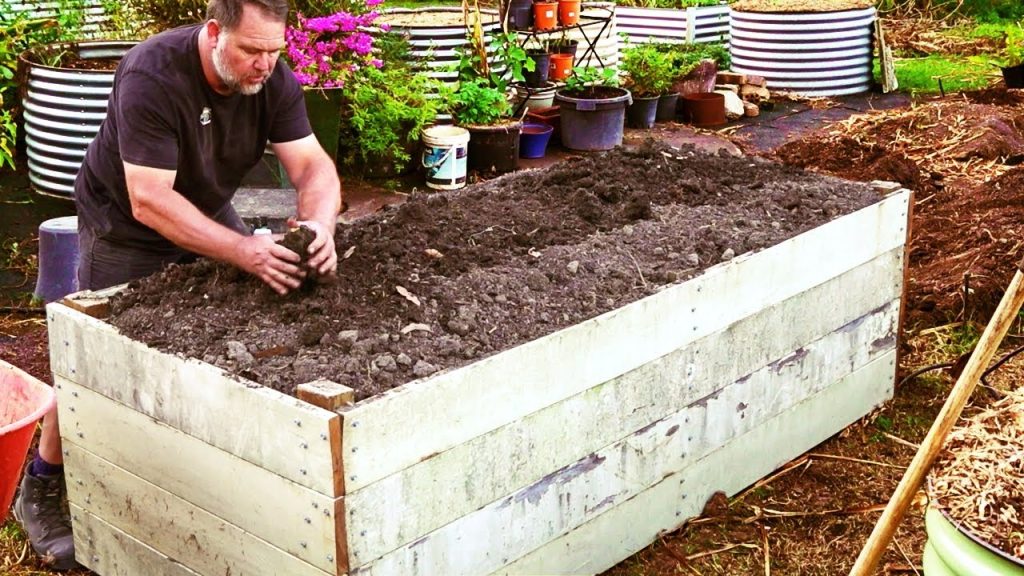Overview
A rain garden is a beautiful and eco-friendly way to manage rainwater runoff and help protect the environment. It is a purposefully designed garden bed that captures and filters rainwater, allowing it to slowly soak into the ground instead of running off into storm drains. In this article, we will provide you with a step-by-step guide on how to build a rain garden, along with important considerations to ensure its success and effectiveness in managing water runoff.
How to Build a Rain Garden
Site Selection:
Choose an appropriate location for your rain garden. Look for an area in your yard where water naturally collects or where runoff from your roof or driveway can be directed. Ensure the site is at least 10 feet away from your home’s foundation and any septic systems.
Assess Soil and Drainage:
Evaluate the soil composition and drainage of the selected site. You can perform a percolation test by digging a hole and filling it with water. If the water drains within 24 hours, the soil is suitable for a rain garden. If it drains too quickly or too slowly, you may need to amend the soil with compost or consider alternative solutions.
Size and Shape:
Determine the appropriate size and shape of your rain garden based on the amount of water runoff it needs to manage. A general guideline is to make the garden approximately one-third the size of the impervious area (roof, driveway) that drains into it. Aim for a depth of around 6 to 8 inches, gradually sloping towards the center.

Digging the Basin:
Excavate the area for your rain garden, following the desired shape and depth. Use the soil you remove to create berms or raised edges around the garden bed. These will help contain the water and direct it towards the garden while preventing runoff.
Amending the Soil:
Assess the soil quality and add compost or organic matter to improve water infiltration and nutrient retention. Mix the amendments thoroughly with the existing soil in the rain garden basin. This step is crucial for supporting healthy plant growth and water absorption.
Selecting Plants:
Choose plants that are well-suited to your local climate, soil conditions, and the moisture levels of a rain garden. Opt for native plants, which are adapted to local conditions and provide important ecological benefits. Include a mix of deep-rooted plants for water absorption and shallow-rooted plants for filtration.
Planting and Mulching:
Plant your selected vegetation in the rain garden, arranging them according to their growth habits and spacing requirements. Apply a layer of organic mulch around the plants to conserve moisture, suppress weed growth, and protect the soil.
What to Consider
Maintenance:
Regular maintenance is essential for the long-term success of your rain garden. This includes watering during dry periods, weeding, pruning, and removing debris. Ensure the rain garden’s outlet is clear of obstructions to allow proper drainage.
Local Regulations:
Check with your local authorities to understand any regulations or permits required for building a rain garden. Some areas may have specific guidelines or restrictions regarding the size, location, or construction of rain gardens.
Water Source:
Consider the source of water for your rain garden. Directing roof runoff or downspouts into the garden can be effective, but it’s important to ensure that the water is clean and free from pollutants. Avoid redirecting water from paved surfaces or areas where chemicals may be present.
Conclusion
Building a rain garden is an eco-friendly and visually appealing way to manage rainwater runoff on your property. By following the steps outlined in this guide and considering important factors such as site selection, soil quality, plant selection, and maintenance, you can create a functional and beautiful rain garden that benefits both your landscape and the environment. Rain gardens help reduce erosion, filter pollutants, promote groundwater recharge, and provide habitat for beneficial wildlife. Start building your own rain garden and contribute to the conservation of water resources while enhancing the natural beauty of your surroundings.




